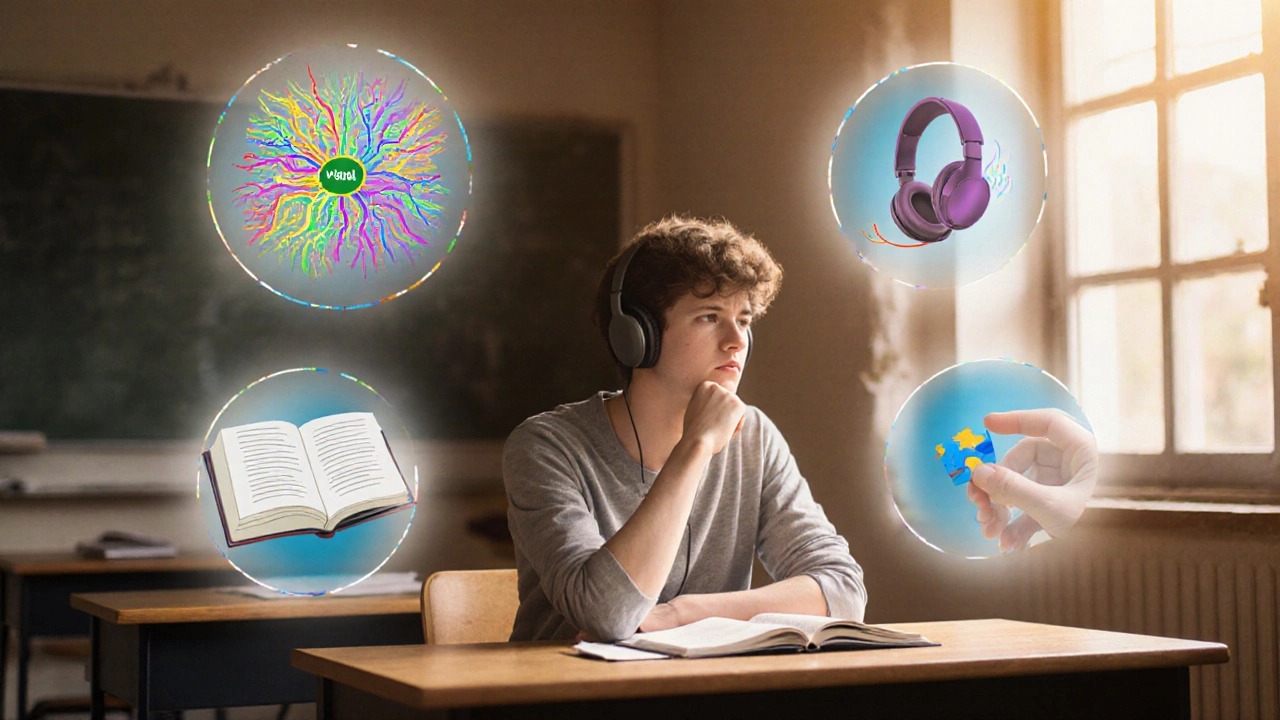Learning Style Effectiveness
When we talk about learning style effectiveness, the degree to which matching instruction to a learner’s preferred style boosts comprehension and retention. Also known as style‑based learning impact, it helps educators decide if tailoring lessons truly makes a difference. Researchers have measured results in test scores, engagement levels, and long‑term recall, so the concept isn’t just theory—it’s a measurable outcome.
Three main learning styles dominate the conversation: visual learning, learning through seeing images, charts, and written text, auditory learning, learning by listening to spoken explanations or sounds, and kinesthetic learning, learning by moving, touching, or doing hands‑on activities. Each style engages different brain pathways, so the effectiveness of a lesson often hinges on how well it aligns with those pathways.
Understanding the link between style and outcome means recognizing that learning style effectiveness isn’t a one‑size‑fits‑all metric. It requires teachers to assess the learner, choose appropriate materials, and then track performance. For instance, a visual learner might thrive with diagrams, while the same content delivered as a lecture could fall flat for that student. The reverse is true for auditory learners who benefit from podcasts or discussions.
Practical Ways to Boost Effectiveness
First, gather simple data: ask students how they prefer to receive new information, observe which activities keep them engaged, and note test results after different approaches. Second, blend methods. Even a strong visual learner often gains from a quick verbal recap, reinforcing the same idea through two senses. Third, adjust the difficulty level based on feedback. If a kinesthetic activity feels too easy, add a reflective writing step to deepen processing.
Another key entity is educational outcomes, the measurable results such as grades, retention rates, and skill mastery. Studies show that when educators align instruction with a learner’s preferred style, educational outcomes improve by up to 15 % in controlled settings. That boost isn’t magic—it comes from increased attention, better encoding of information, and reduced cognitive overload.
It’s also worth noting the role of curriculum design, the structure and sequence of learning activities in a program. A curriculum that embeds varied media—videos, audio clips, and manipulatives—automatically supports multiple styles, raising overall effectiveness without needing to label each student individually.
While the evidence is promising, it’s important to avoid the trap of over‑categorizing. Not every child fits neatly into one box, and forcing a style can reduce motivation. The goal is flexibility: provide options, observe results, and refine the approach. This mindset turns learning style effectiveness from a buzzword into a practical tool for everyday teaching.
Below you’ll find a curated set of articles that dive deeper into each style, share real‑world classroom examples, and offer step‑by‑step guides for measuring impact. Whether you’re a teacher, a parent, or a lifelong learner, the collection will give you concrete ideas to test, adapt, and improve the way you support every learner’s unique path.
Which Learning Style Packs the Biggest Punch?
Explore why no single learning style dominates and discover the multimodal, active approach that research shows is most effective for mastering new material.
